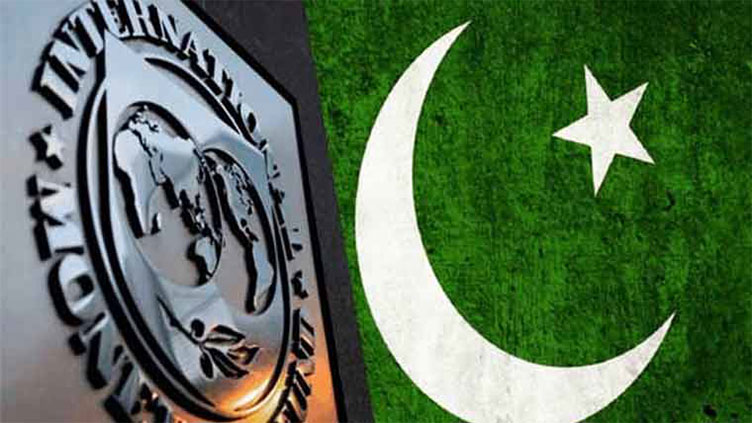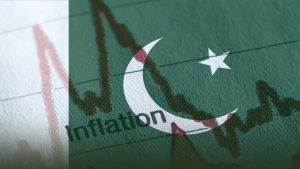Washington/Islamabad: The Executive Board of the International Monetary Fund (IMF) is set to convene tomorrow in Washington, where it is widely expected to approve a $2.3 billion financial assistance package for Pakistan.
This package includes a $1 billion disbursement from the existing loan program, as well as $280 million in dedicated climate finance first tranche against a total approval of total $ 1.3 billion.
So the tranche available to Pakistan will be of $ 1.3 billion under two programs.
This anticipated approval comes after Pakistan successfully met the majority of the IMF’s stipulated requirements, marking an important milestone in the country’s ongoing engagement with the lender.
Ahead of the board meeting, Pakistan’s Ministry of Finance released a fiscal performance report for the first three quarters (July–March) of the current financial year, offering a comprehensive view of the federal government’s income and expenditures.
The data revealed a mixed performance, with notable gains in some areas and challenges in others.
Primary Surplus Exceeds Expectations
One of the key highlights of the fiscal report was the government’s primary surplus — the budget balance excluding interest payments — which reached Rs3,468 billion.
This figure outpaced the IMF’s target of Rs2,700 billion, primarily due to tighter control on federal spending and a stronger-than-expected fiscal contribution from provincial governments.
The overall fiscal deficit for the nine-month period stood at Rs4,023 billion. However, once adjusted for the combined provincial surplus of Rs1,053 billion, the net deficit was reduced to Rs2,970 billion.
Punjab led with a surplus of Rs441 billion, followed by Sindh at Rs395 billion, Khyber Pakhtunkhwa at Rs111 billion, and Balochistan at Rs105 billion.
Collectively, the provinces exceeded the IMF’s target by Rs25 billion, reflecting improved provincial fiscal performance.
Revenue and Expenditure Overview
During the review period, the federal government recorded net revenues of Rs7,468 billion against total expenditures of Rs11,491 billion.
However, debt servicing continued to weigh heavily on the budget. Interest payments on both domestic and external loans surged to Rs6,438 billion — up Rs921 billion compared to the same period last year.
Read More: IMF Approves $2B for Pakistan Next Month
Defence spending reached Rs1,423 billion, while only Rs413 billion was allocated toward federal development initiatives, indicating significant pressure from non-discretionary spending commitments.
Pensions and administrative costs were also substantial, amounting to Rs672 billion and Rs558 billion, respectively. Meanwhile, the federal government transferred Rs5,084 billion to provinces from the divisible tax pool under the NFC formula.
Tax Revenue Misses Target, Non-Tax Revenue Surges
Tax revenue collection by the Federal Board of Revenue (FBR) totaled Rs8,453 billion, falling short of the revised target by Rs715 billion.
This shortfall remains a key concern for policymakers and a point of discussion in IMF engagements.
Conversely, non-tax revenues surpassed expectations, reaching Rs4,099 billion — Rs71 billion above target. A significant contributor was the petroleum levy, which brought in Rs834 billion during the nine-month window.
However, the government’s Trader-Friendly Scheme failed to yield the projected revenue, with collections falling short by Rs36.7 billion, according to the Ministry of Finance.
Also Read: Govt Insists IMF Program on Track As India Asking IMF to Review Pak Loan
As the IMF prepares for its board decision, tomorrow’s meeting will be closely watched by financial markets and policy observers.
Approval of the package could provide Pakistan with vital breathing room as it navigates a delicate path toward fiscal stabilization and economic recovery.









